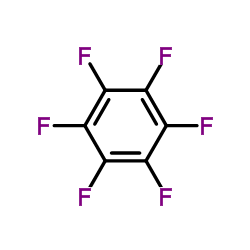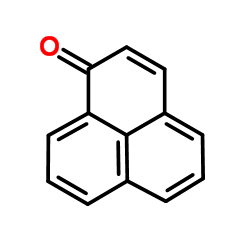| Structure | Name/CAS No. | Articles |
|---|---|---|
 |
Perfluorobenzene
CAS:392-56-3 |
|
 |
phenalenone
CAS:548-39-0 |